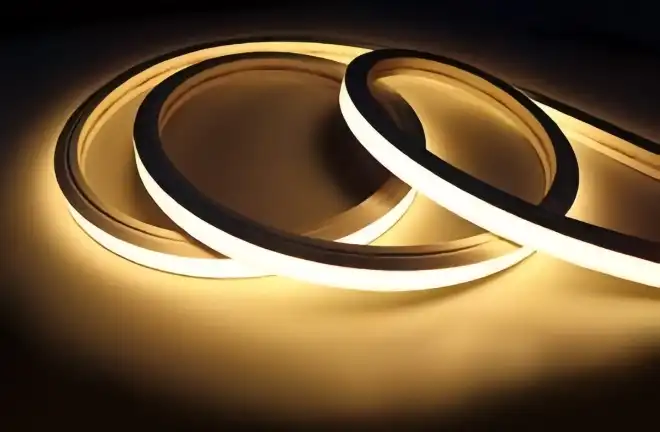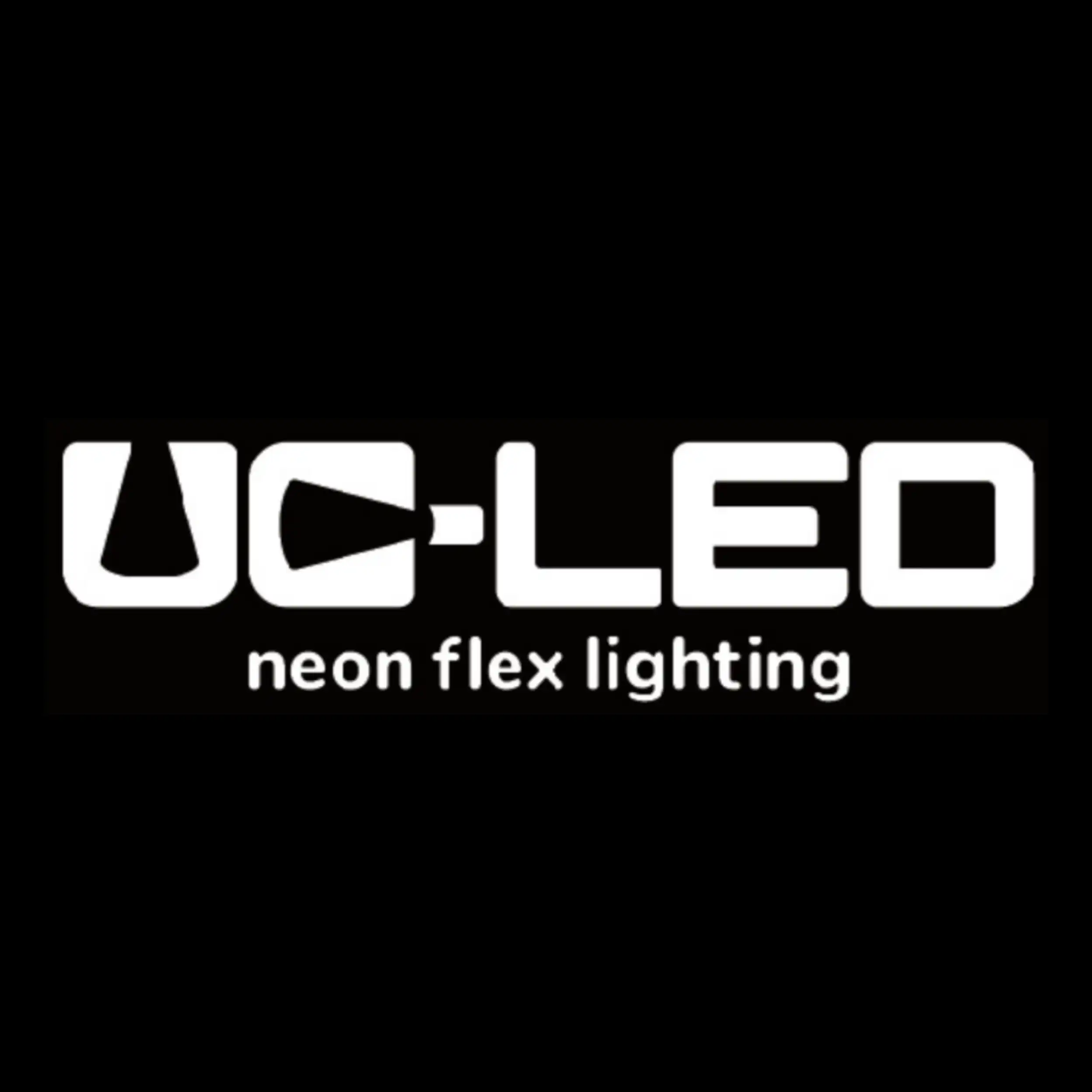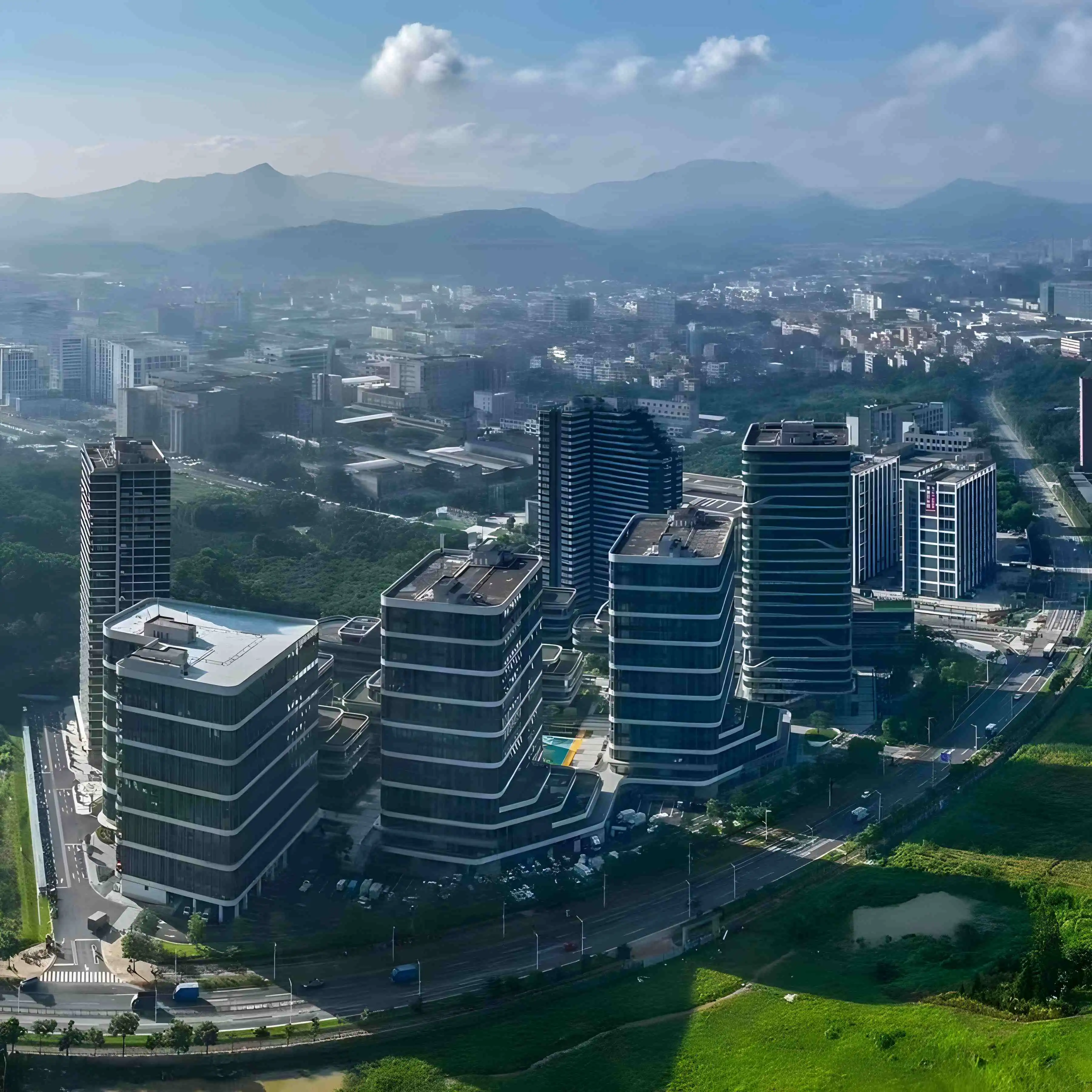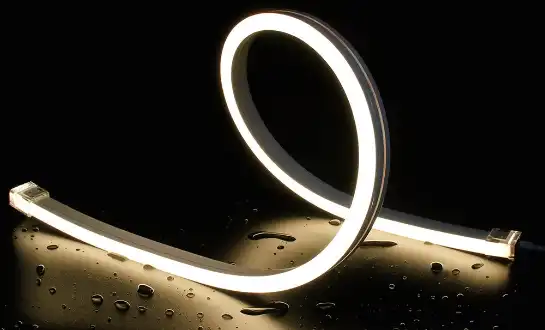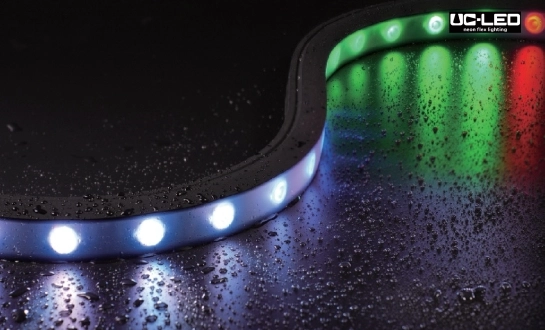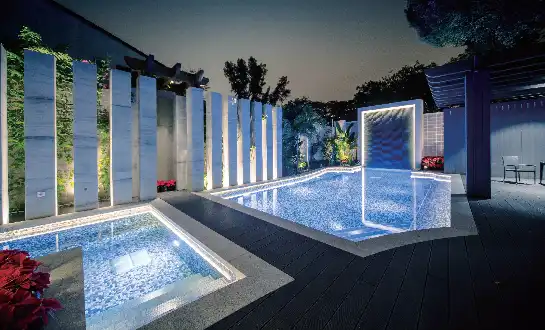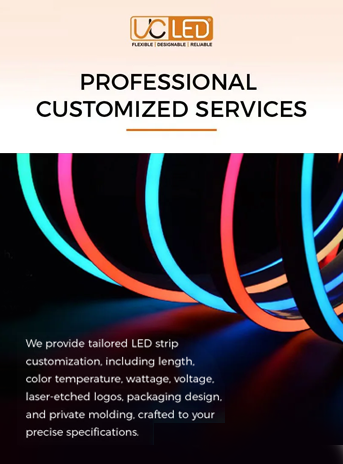The Evolution of Lighting in Art Deco Architecture
The Role of Neon in Art Deco's Golden Age
Art Deco architecture, renowned for its bold geometric forms and lavish ornamentation, reached its zenith in the 1920s and 1930s. During this era, neon lighting played a pivotal role in accentuating the sleek lines and vibrant colors characteristic of the style. The warm, inviting glow of neon tubes adorned facades, outlined architectural features, and illuminated signage, becoming an integral part of the Art Deco aesthetic.
Neon's ability to be shaped into intricate designs and its distinctive luminosity made it the perfect companion for Art Deco's exuberant spirit. Iconic buildings like the Chrysler Building in New York City and the Hoover Building in London utilized neon to create unforgettable nighttime displays, cementing the relationship between Art Deco and this groundbreaking lighting technology.
Challenges of Traditional Neon in Modern Times
Despite its visual appeal, traditional neon lighting poses several challenges in the context of modern sustainability goals. Neon tubes are fragile, consume significant amounts of energy, and contain potentially hazardous gases. Moreover, the craftsmanship required to create and maintain neon installations is becoming increasingly rare and expensive.
As cities and building owners strive to reduce their carbon footprint and operating costs, the energy-intensive nature of neon lighting has become a significant drawback. This has led to a search for alternatives that can preserve the iconic look of Art Deco while aligning with contemporary environmental standards.
LED Neon Flex: A Sustainable Solution for Art Deco Revival
Technical Advantages of LED Neon Flex
LED Neon Flex emerges as a game-changing solution, offering numerous technical advantages over traditional neon. This innovative product consists of a flexible LED strip encased in a durable silicone sleeve, mimicking the appearance of neon while providing superior performance and versatility.
Some key technical benefits of LED Neon Flex include:
- Energy Efficiency: LED Neon Flex consumes up to 80% less energy than traditional neon, significantly reducing electricity costs and carbon emissions.
- Longevity: With a lifespan of up to 50,000 hours, LED Neon Flex far outlasts traditional neon tubes, minimizing replacement and maintenance needs.
- Durability: The silicone casing protects the LEDs from environmental factors, making it suitable for both indoor and outdoor applications.
- Safety: Unlike neon, LED Neon Flex doesn't contain hazardous gases or require high voltage, making it safer to install and operate.
- Flexibility: The bendable nature of LED Neon Flex allows for easy installation in complex architectural designs.
Aesthetic Compatibility with Art Deco Design
Despite its modern technology, LED Neon Flex successfully captures the essence of traditional neon, making it an ideal choice for Art Deco restoration and renovation projects. The product's ability to emulate the warm, continuous glow of neon ensures that the iconic Art Deco ambiance is preserved.
LED Neon Flex offers a wide range of color options, including warm whites that closely match the hue of traditional neon. This versatility allows architects and designers to recreate original lighting schemes or develop new interpretations that respect the Art Deco style while incorporating contemporary design elements.
The slim profile of LED Neon Flex also enables seamless integration into architectural features without altering the building's structure. This non-invasive application is particularly crucial when working with historic Art Deco buildings, where preserving original details is paramount.
Case Studies: Successful Integration of LED Neon Flex in Art Deco Structures
Renovation of the Miami Beach Art Deco District
The Miami Beach Art Deco District, home to the world's largest concentration of Art Deco architecture, has embraced LED Neon Flex as part of its ongoing preservation efforts. The district's iconic Ocean Drive, known for its vibrant neon-lit hotels, has gradually transitioned to LED Neon Flex to maintain its distinctive nighttime appearance while reducing energy consumption.
One notable example is the Colony Hotel, a 1935 Art Deco gem. The hotel's management replaced its aging neon signage with custom-designed LED Neon Flex, replicating the original typeface and color scheme. This upgrade not only preserved the hotel's historic charm but also resulted in a 70% reduction in lighting-related energy costs.
Chrysler Building: Blending Tradition with Innovation
New York City's Chrysler Building, an Art Deco masterpiece, has also benefited from the integration of LED Neon Flex. The building's iconic crown, originally illuminated by neon tubes, now shines with the help of carefully installed LED Neon Flex. This update maintains the crown's signature glow while significantly reducing energy consumption and maintenance requirements.
The project's success lies in the meticulous color matching and installation techniques employed to ensure that the LED Neon Flex seamlessly blends with the building's existing architectural lighting. Visitors and New Yorkers alike can still admire the Chrysler Building's illuminated splendor, unaware that they're witnessing a perfect harmony of Art Deco heritage and cutting-edge sustainable technology.
The Hoover Building: Illuminating Industrial Art Deco
London's Hoover Building, a prime example of industrial Art Deco architecture, has undergone a remarkable transformation with the help of LED Neon Flex. The building's distinctive facade, once highlighted by traditional neon, now showcases the versatility of LED technology.
Architects and lighting designers worked closely to recreate the original lighting concept using LED Neon Flex. The result is a stunning display that accentuates the building's geometric patterns and streamlined forms while consuming a fraction of the energy. This renovation not only preserves the Hoover Building's historical significance but also aligns it with modern sustainability standards, ensuring its continued relevance in the 21st century.
Conclusion
The integration of LED Neon Flex into Art Deco architecture represents a significant step towards sustainable preservation of our architectural heritage. By offering a perfect blend of classic aesthetics and modern efficiency, LED Neon Flex allows us to celebrate the grandeur of Art Deco while embracing environmental responsibility.
As more cities and building owners recognize the benefits of this innovative lighting solution, we can expect to see a renaissance in Art Deco illumination. LED Neon Flex not only reduces energy consumption and maintenance costs but also opens up new possibilities for creative lighting design within the constraints of historical preservation.
The success stories from Miami Beach, New York, and London demonstrate that sustainability and architectural heritage can coexist harmoniously. As we move forward, LED Neon Flex will undoubtedly play a crucial role in ensuring that the dazzling lights of Art Deco continue to inspire and captivate future generations.
For more information on how LED Neon Flex can enhance your Art Deco restoration project or to explore custom lighting solutions, please contact us at Linda@uc-led.com. Let's work together to keep the spirit of Art Deco alive while building a more sustainable future.
